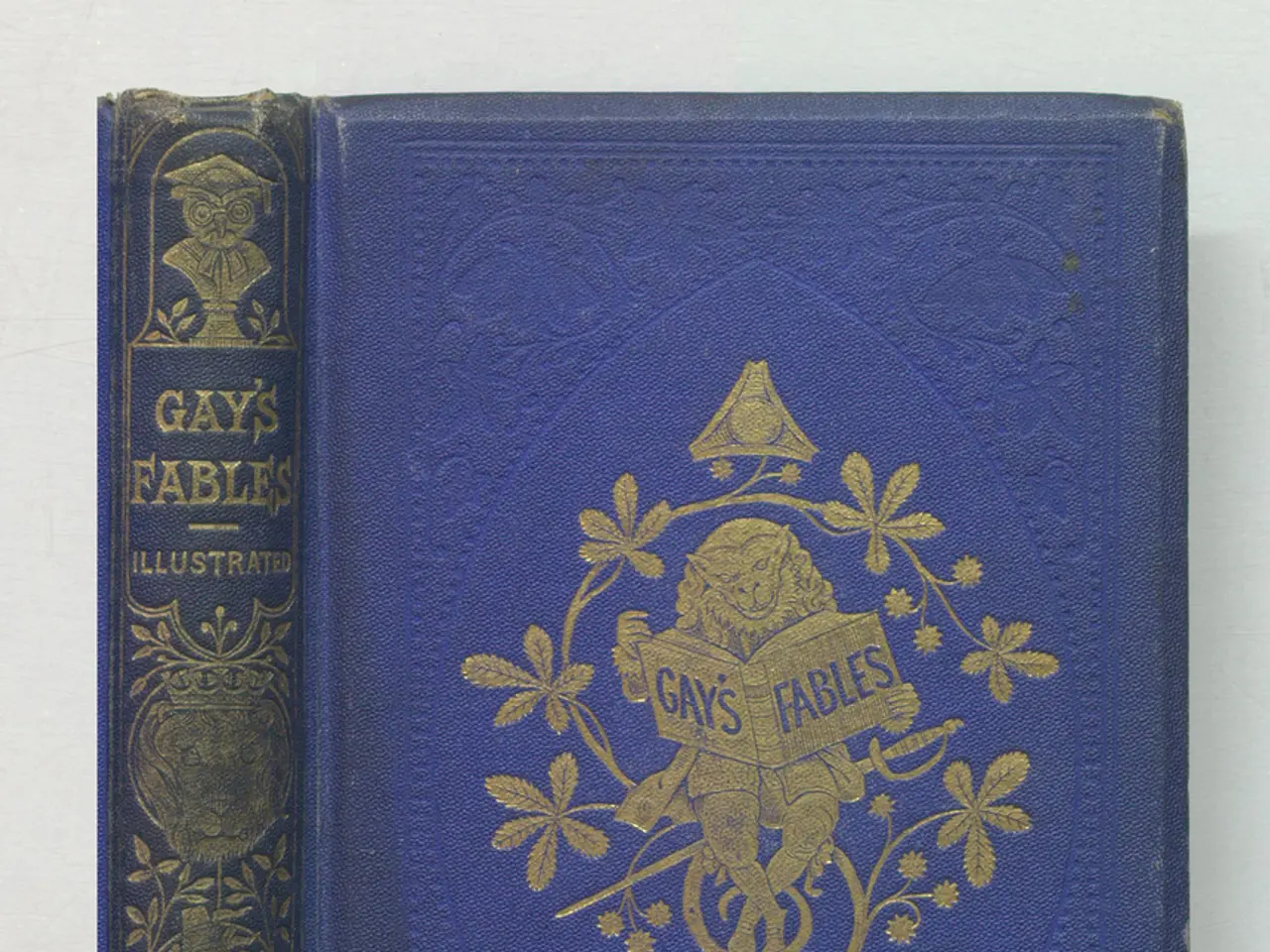Reflecting on the origin of movies that center around LGBTQ+ themes
In the early 1990s, a significant shift took place in the world of cinema, marking a turning point in the representation of LGBTQ+ lives on screen. This movement, known as New Queer Cinema, emerged as a wave of independent films by self-identified queer artists, challenging traditional portrayals and pushing boundaries through radical sexuality, cultural politics, and stylistic excesses like pastiche and camp.
The term 'new queer cinema' was coined by critic B. Ruby Rich in a seminal essay published in Sight and Sound magazine in 1992. Key filmmakers often associated with this movement include Todd Haynes, whose early works exemplify the movement’s aesthetic and political approach, and Gregg Araki, known for radical narratives about queer identity in youth culture. Others loosely linked to the scene by their experimental, politically committed queer films of the early 1990s round out the roster.
Some of the essential films from this dawn of new queer cinema include Jennie Livingston's 1990 documentary Paris Is Burning, Rose Troche's 1994 Go Fish, Gregg Araki's 1992 The Living End, and Todd Haynes' 1991 Poison. These origin films of new queer cinema are worth checking out for those looking to get back to the power of this groundbreaking movement.
Paris Is Burning offers a captivating exploration of New York's ball culture and its queer community, while Go Fish was one of the first films to portray lesbian relationships in a realistic and positive light. The Living End and Poison are examples of new queer cinema that feature traces of appropriation, pastiche, irony, and a reworking of history with social constructionism in mind.
The 1990s marked a significant change in the landscape of queer cinema, with a new wave of filmmakers creating work that reached a wider audience. This boom in gay and lesbian films was not initially termed 'queer', but it was a substantial boom in a short span of time. The festival circuit and distribution viability played a crucial role in this boom, making it possible for these films to gain visibility and reach a larger audience.
New Queer Cinema was more than just a cultural shift; it was a political movement that aimed at social change by queering classic film canons and demolishing gender and sexual stereotypes. It provided a full breakdown of film and video art reshaping and broadening the gay and lesbian filmmaking scene. This movement propelled a loose but distinctive movement in queer cinema, generationally linked to early 90s activism and a fresh cinematic language that resisted heteronormativity.
Sadie Benning and Cecilia Dougherty are examples of lesbian avant-garde video artists from before the coining of the term 'new queer cinema'. Derek Jarman, Gregg Araki, Gus Van Sant, and Todd Haynes are key filmmakers who defined the era of new queer cinema.
Though queer perspectives in film existed earlier, New Queer Cinema marked a distinctive cultural and political moment. It is significant for its radical redefinition of queer representation in cinema, influencing queer cultural politics and film theory to this day. The current landscape of queer cinema and television is dominated by episodic streaming, but the legacy of New Queer Cinema continues to shape and inspire the work of queer filmmakers today.
Other examples of queer cinema that existed before the 1990s boom include Funeral Parade of Roses out of Japan and Andy Warhol's Factory films. These works paved the way for the emergence of New Queer Cinema and continue to be important touchstones in the history of queer representation in film.
In conclusion, New Queer Cinema was a groundbreaking movement that marked a turning point aesthetically and politically in the world of cinema. It provided a platform for queer filmmakers to explore complex queer themes beyond mainstream LGBTQ+ tropes and challenged traditional portrayals of LGBTQ+ lives. The movement's influence can still be felt today, as queer representation in cinema continues to evolve and expand.
In the realm of lifestyle, the 1990s witnessed a transformative era with the emergence of New Queer Cinema, a political and cultural movement that significantly expanded education-and-self-development opportunities for the LGBTQ+ community. This movement, propelled by radical narratives and groundbreaking films like Jennie Livingston's Paris Is Burning and Todd Haynes' Poison, showcased entertainment that delved deep into queer identity, culture, and aspirations, serving as a source of immense entertainment and enlightenment for many.




